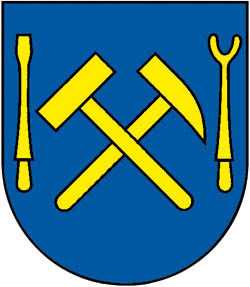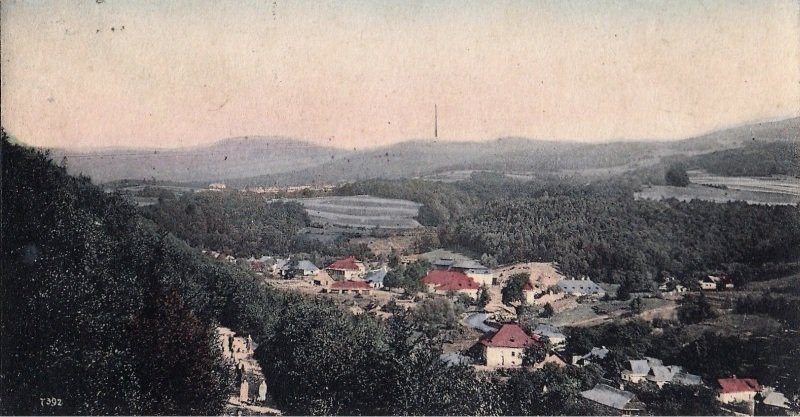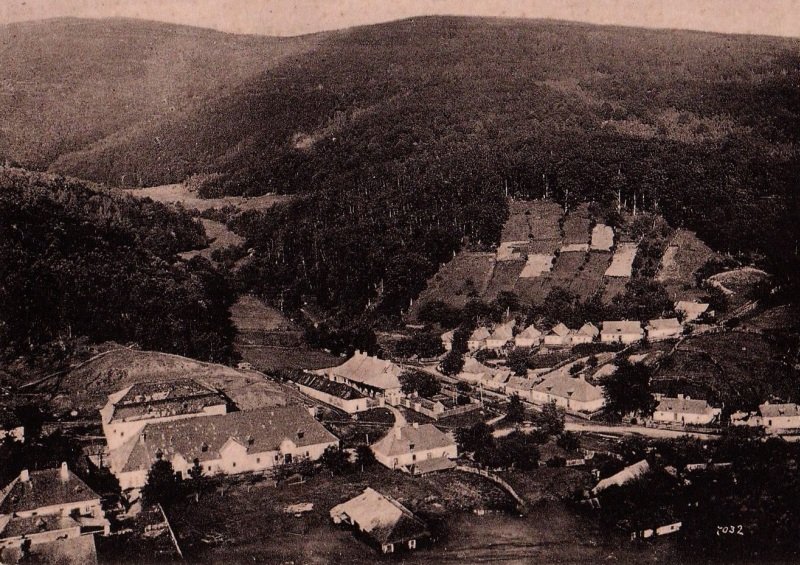Smeltery work for proccesing of the silver ore in Rieka
The first smeltery in Zlatá Idka was assigned for the proccesing of copper ore, which was imported from the Spiš. As a result of the depletion of forests in the surroundings of smelteries in Smolník and Stará Voda, the mine aggregation built copper smelteries in Zlatá Idka and Opátka in the early 60´s of 18th sentury. The operation in them began in the year 1763. After the construction of new process works in the Spiš, this first smelter extinguished in the year 1807.
The second smeltery work – designed for the processing of the silver ore – was built in a part of the village called the Rieka in the years 1822-1823. It has been in the operation for almost 90 years, until the end of mining operations in Zlata Idka in the year 1914. The Rieka was a separate village at that time.
The warehouses were built for ores and salt; calciner, mills, amalgamation barrels, hydraulic structure, administrative building, flats for officials, warders and barrelhouse were built too. During the construction of objects and apparatures, the relief of ground space was used. The operating buildings were built on the slope in a such arrangement that was required for individual procedures needed for the processing of ores.
The silver ore was processed by the method of amalgamation here. It was based on the ability of mercury to bind silver. A compound of an amalgam was formed. Then it was heated until the mercury evaporated and became pure silver.
From a former smeltery works in the Rieka – besides several remains of the walls – was up to the present day well-preserved the building of mining administration from the year 1767, which was later rebuilt to barrelhouse and bell-tower from the year 1823.
The remain of almost the 100-year activity of smeltery is also a large heap of ruin – secondary product of amalgamation and mercury, which can still be found in today´s excavation works.


